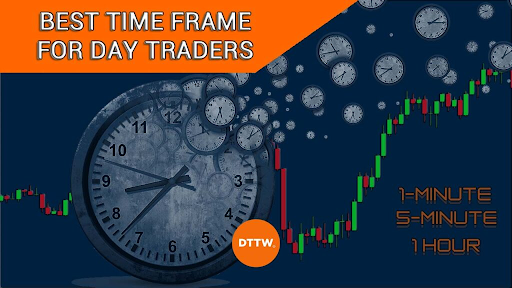Every day stock markets move up and down, providing several clues to the traders. However, making sense of so much movement in stock markets can be a daunting task, especially if you are involved in day trading, which means you buy and sell securities frequently within a day.
That said, there are many indicators, which when used correctly, can provide great insights to the traders. So, if you have a demat account and have started trading on equity, read on because this blog will discuss the best intraday indicators.
Best intraday indicators for the stock market
-
On-balance volume (OBV)
This is one of the most popular indicators for intraday trading. It is based on the up volume and down volume of a stock. ‘Up volume’ reflects the volume of transactions in a stock on a day when its price increases.
Conversely, ‘down volume’ is the volume of a stock on a specific day when its price declines. On any specific day, we deduct down volume from up volume and the resultant value is added to the cumulative value of OBV till the beginning of that day.
If OBV’s value increases, it shows buyers are creating more demand for a stock and its price may increase. When its value falls, it shows sellers are putting pressure to reduce the stock’s price.
-
Volume-weighted average price (VWAP)
This indicator shows the average price of a stock weighted by its volume. To calculate it, we assign more weight to the price of those periods in a day when more trading happens. By doing this, we consider both the volume and price of a security.
-
Relative strength index (RSI)
This indicator calculates the magnitude and speed of changes in a stock’s price. It helps traders find stocks that are trading at a higher price than their true value. Similarly, it enables them to find stocks that are trading at a lower price than their true value.
Its value remains in the range of 0-100. If its value dips below 30, then that security is deemed to be oversold. However, when its value is more than 70, then that stock is seen as overbought.
-
Accumulation/Distribution Line
This indicator uses the price and volume of a stock to find out whether that stock is being distributed or accumulated. If a stock’s price increases, but this indicator declines, it indicates that the rise in this stock’s price may not get enough support from its volume. Therefore, its price may fall very soon.
What is the best timeframe for day trading?
Having discussed some of the top intraday indicators, let us now discuss the best timeframe for day trading. In India, the stock market is typically open for trading at 9:15 am. However, in the first few minutes of trading till around 9:30 am, stocks usually react to last night’s news.
Therefore, if you are a beginner, stay away from day trading till 9:30 am. In the first 15 minutes, typically, experienced traders initiate some trades since they have a better idea of market ups and downs.
It is believed that the hour between 9:30 am and 10:30 am is the best for all traders to trade in. In this hour, the volatility tends to be higher than otherwise, giving ample opportunity to buy and sell.
Besides, the liquidity tends to be quite high between 9:30 am and 10:30 am. So, if you want to buy and sell, you will find enough volume to do so. Once the market starts settling down at around 11 am, the volumes may decline, and executing trades may become difficult.
Conclusion
That being said, there is no hard and fast rule that you must trade between 9:30 and 10:30 am. You should always keep an eye on the larger sentiment of the market over the past few days and keep checking the news, which should give you a sense of where the market is headed.

